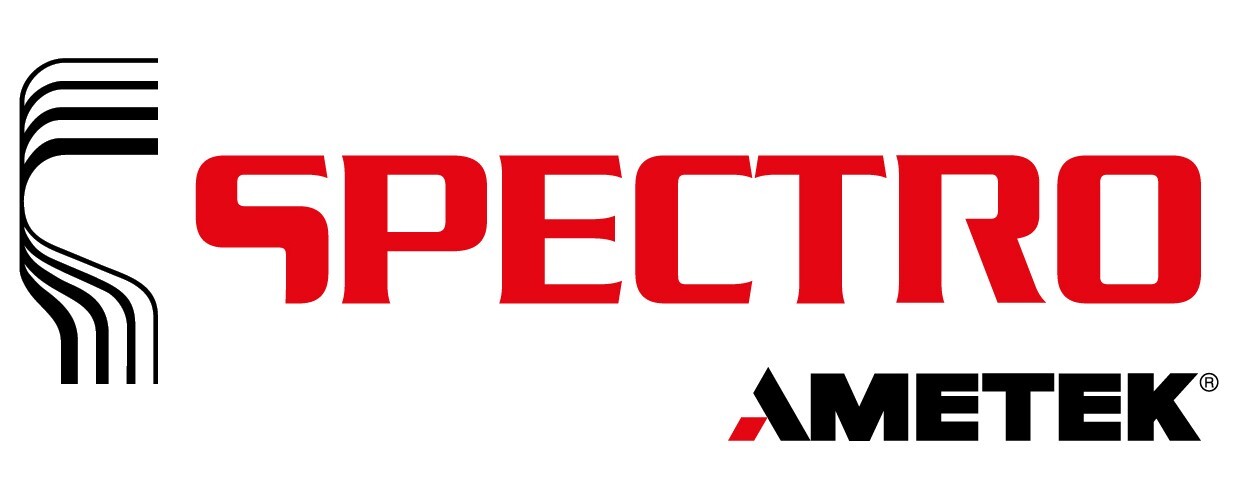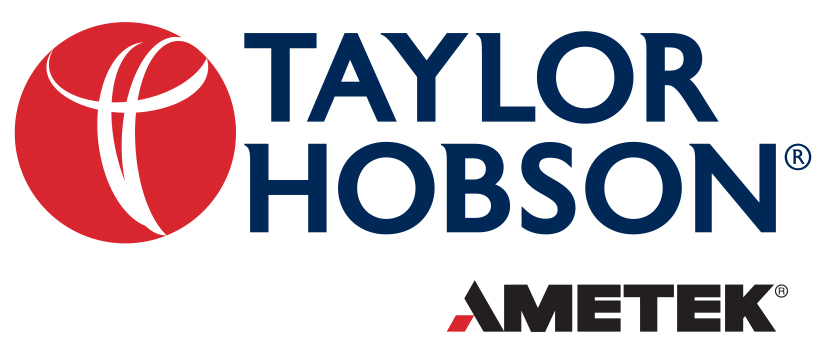STACIS® 4 is the most advanced active vibration isolation system commercially available. Employing inertial vibration sensors, sophisticated control algorithms, and state-of-the-art piezoelectric actuators, STACIS cancels vibration in real time by continuously measuring floor activity, then expanding and contracting piezoelectric actuators to filter out floor motion. The all new STACIS 4 builds upon the success of our proven STACIS technology, which is used by 9 of the top 10 semiconductor manufacturers worldwide.
STACIS 4 Active Piezoelectric Vibration Control
Initially designed to isolate precision microlithography, metrology, and inspection equipment in advanced semiconductor factories, STACIS is now the industry standard solution for the most sensitive instruments in noisy environments, including but not limited to applications such as, failure analysis, nanotechnology research, nanofabrication, structural biology, and materials research.
STACIS 4 includes a new and improved, lower noise, digital controller, the DC-2020 with a dual-core processor . This new advanced control system provides the user with an easy to use Graphical User Interface (GUI).
STACIS 4 builds on the advanced architecture of previous generations by adding advanced control algorithms and new patented technology. The results are previously unachievable vibration cancellation of building floor vibration at all frequencies, but particularly below 10Hz, where high resolution imaging and metrology is most sensitive. When combined with patented FloorSense™ technology, STACIS 4 reduces building floor vibration by 60 dB at 2 Hz and 27dB at 1Hz. Full performance specifications for STACIS 4 are included below.
Performance Specifications
| Active degrees of freedom | 6 |
| Active bandwidth | 0.2 Hz - 150 Hz |
| Isolation at 1 Hz | 85% - 96% |
| Isolation at 2 Hz | 96-99.9% |
| Settling time (typical) | 0.02 sec |
| Internal noise | <0.05 nm RMS |
| Operating load range per isolator | Low capacity: 400-1100 lbs (182-500 kg) Med capacity: 900-2100 lbs (410-955 kg) Hi capacity: 1900-4500 lbs (864-2045 kg) |
| Stiffness (1000 lb / 454 kg mass, Med capacity isolator) | 40,000 lb/in. (73 x 105 N/m) |
| Magnetic field emitted at maximum 4 in.(102 mm) from the isolator | <0.02 μG broadband RMS |
Isolator Design, Dimensions, and Environmental and Utility Requirements
| Environmental and safety | CE and RoHS compliant, designed to comply with NRTL safety certification standards |
| Active isolation elements | Piezoelectric elements are actuated by a high-voltage amplifier. Vertical actuators support the isolated payload. |
| Passive isolation element | Single isotropic hard-mount elastomer (no compressed air supply required) |
| Vibration sensor elements | Geophone type inertial sensors measure floor vibration and deliver a signal to the control system proportional to the velocity of vibration motion |
| Active feedback control loop | Floor vibration is measured, processed and attenuated below the spring supporting the isolated surface |
| Isolator dimensions (WxDxH) | 11.75 x 12.5 x 10.8 in. 300 x 320 x 275 mm |
| Isolator weight | 75 lb (34 kg) |
| Operating temperature | 50° - 90° F 10° - 32° C |
| Storage temperature | -40° - 130° F -40° - 55° C |
| Humidity | 80% Maximum at 68 degrees F (20 degrees C), Maximum dewpoint: 18 degrees C |
| System power requirements | 100, 120, 230, 240 VAC 50/60 Hz AC; <600 W CE compliant |
| Isolator count per system | minimum of 3, no maximum |
| Options | laminated stainless steel platforms, frames, risers, leveling devices, earthquake restraints, lifthoods |
DC-2020 Controller Specifications
| Dimensions (WxDxH) | 19 x 8.5 x 1.75 in. 483 x 216 x 45 mm |
| Weight | 6.3 lb (2.9 kg) |
| Processor | 150/75 MHz dual core |
| Sampling rate | 10 kHz |
| Analog outputs | 16 channels |
| Analog inputs | 16 channels |
| Status light | single LED |
| Front panel ports | 1x serial USB 2.0 1x serial Micro-USB 1x Ethernet RJ-45 2x BNC |
| Rear panel ports | 1x serial USB 2.0 1x Ethernet RJ-45 1x RS-232 DB-9 legacy serial for legacy STACIS 2100 isolators |
| User interface | Front panel LCD display Character menu on HyperTerminal Extended GUI for Microsoft Windows Embedded Ethernet GUI |























